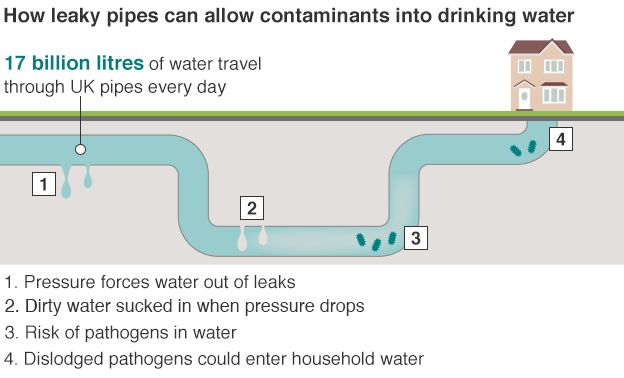Assess The Financial Effects And Advantages Of Solar Installment To Identify The Prospective Financial Advantages For Those Curious About This Renewable Resource Venture
Assess The Financial Effects And Advantages Of Solar Installment To Identify The Prospective Financial Advantages For Those Curious About This Renewable Resource Venture
Blog Article
Article Author-Storm McWilliams
When thinking about the prices of solar installment, you may wonder about the in advance investment required and whether it aligns with the potential long-term advantages. Recognizing the ins and outs of these expenses and the various aspects affecting the total return can clarify the value recommendation of transitioning to solar power. By examining both the first setup prices and the forecasted cost savings over time, you can get understanding into whether the financial investment in solar installment holds assurance for your monetary future.
First Setup Expenditures
When thinking about the prices of solar setup, the preliminary arrangement expenses play a critical duty in your decision-making procedure. These upfront costs consist of the rate of solar panels, inverters, installing devices, and setup labor.
The price of solar panels can vary relying on the brand, performance, and dimension you choose. Inverters are vital for converting the sunlight's power right into functional power and come in different types such as string inverters, microinverters, and power optimizers, each with its very own cost ramifications.
Placing equipment, such as racks and rails, is necessary to securely mount photovoltaic panels on your roofing or home.
The installation labor expense covers the expert installation of the planetary system, making sure that whatever is established correctly and effectively. Remember that while these first arrangement costs may appear high, there are typically rebates, tax rewards, and financing choices available to assist counter the expenses and make solar setup a lot more affordable over time.
Long-Term Savings Evaluation
To understand the financial advantages of solar installment with time, it's crucial to perform a comprehensive long-lasting financial savings analysis. While residential solar panels on metal roof of photovoltaic panels might seem challenging, the lasting cost savings can exceed these prices considerably. By harnessing the power of the sunlight to create electricity for your home, you can possibly conserve countless bucks on your energy costs over the lifespan of your planetary system.
Among the key variables to take into consideration in a lasting savings analysis is the reduction in your electricity expenses. With photovoltaic panels, you can generate your power, lowering and even removing your reliance on the grid. This can lead to considerable savings, especially as utility prices remain to increase.
Additionally, lots of governments offer incentives such as tax obligation credit ratings and refunds for installing photovoltaic panels, better enhancing your lasting savings. By making use of these incentives and optimizing your solar power production, you can take pleasure in considerable monetary advantages for many years to find.
Return on Investment Estimation
Considering the economic advantages of solar setup, it's time to analyze the Return on Investment (ROI) estimation. Identifying the ROI includes contrasting the total costs of setting up a planetary system with the economic benefits it creates over its life-span.
To determine ROI, split the web benefit from the system by the total financial investment cost and multiply by 100 to get a percentage. The ROI formula is: (Web Revenue/ Total Amount Financial Investment Expense) x 100.
For example, if the total price of installing a solar system is $20,000, and over its life-span, it creates cost savings and earnings totaling $30,000, the internet profit would be $10,000. Dividing this by the complete investment expense of $20,000 offers a ratio of 0.5. Multiplying Recommended Looking at by 100 provides an ROI of 50%.
Normally, a greater ROI indicates a much more economically fulfilling investment. Variables like federal government incentives, maintenance expenses, and power rate fluctuations can influence the ROI of solar installations. Understanding the ROI aids in evaluating whether buying solar power deserves it in the future.
Conclusion
In conclusion, understanding the expenses of solar setup is vital for establishing if it deserves the investment. By taking into consideration first configuration expenses, conducting a long-term financial savings analysis, and calculating the roi, you can make an educated decision about the financial worth of solar energy. With the potential for decreased utility bills and increased energy freedom, investing in solar setup can be a clever selection for both your budget and the environment.
